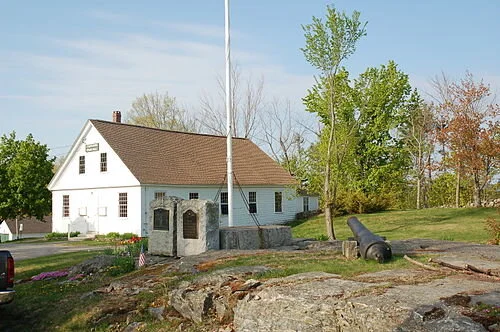From The New England Council (newenglandcouncil.com)
“Fidelity Investments has announced plans to hire 500 new employees for its Merrimack campus. The hiring is part of a company-wide initiative to add 4,000 new employees across the country.
“Fidelity has experienced a 24 percent increase in planning engagement activity as new investors open accounts, driving the need for more personnel at the company. Fidelity also plans to accept 1,000 college and university students into its 2021 internship program, as well as 500 graduates to participate in post-grad job training opportunities. Fidelity currently employs 5,300 in New Hampshire.
“‘We’re looking for financial advisers, licensed representatives, software engineers and customer service representatives to fill thousands of roles across the country over the next six months,’ said Kathleen Murphy, president of personal investing at Fidelity.’’
Read more from the New Hampshire Union Leader.
xxx
English colonists starting settling in Merrimack, named for a Native-American term for sturgeon, a once-plentiful fish in the area’s rivers, in the late 17th Century. For decades, the land was in dispute between the Province of New Hampshire and the Massachusetts Bay Colony. (Of course, both had seized the land from the Indians.)
The town had many farms into the 20th Century but has since become a place, with office parks, including for big corporations, and a bedroom community for commuters to Greater Boston and cities in southeastern New Hampshire.
The Souhegan River in Merrimack, also the name of the region’s biggest river.
The First Church of Christ in Merrimack.




















